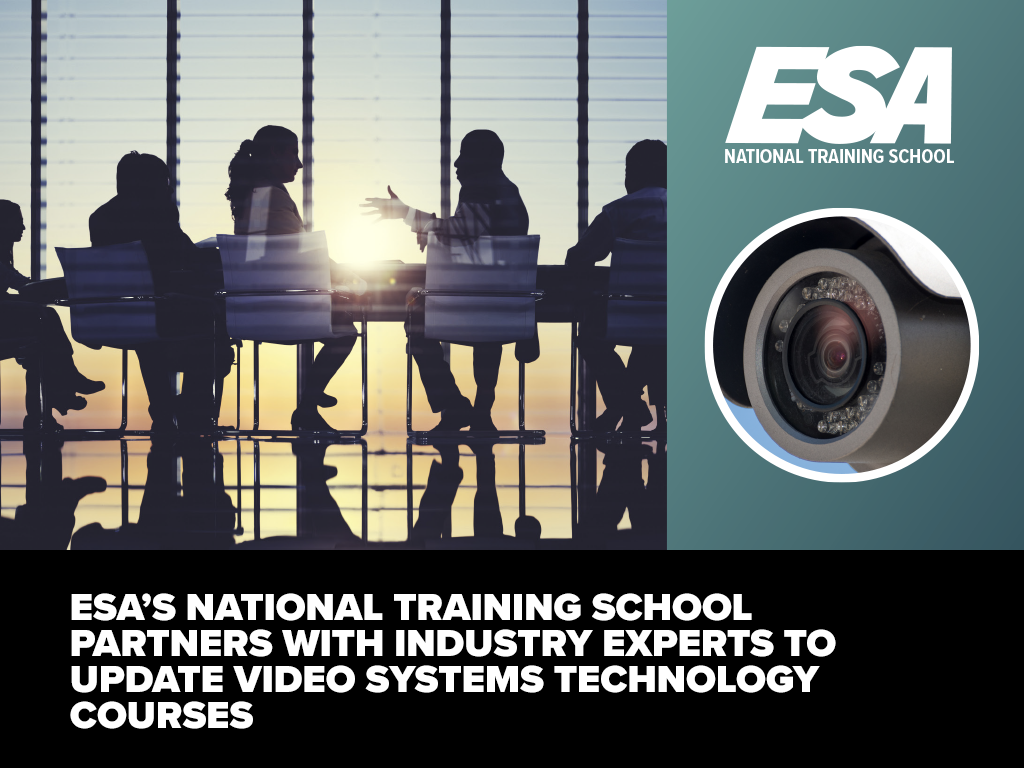Beta Testing Training as a Service, Plugging the Talent Gap

The skilled workers talent gap is a critical issue we are all facing. According to recent research, the global talent shortage could climb to 85.2 million people by 2030. Among the top three industries facing the largest forecasted shortages are — you guessed it – tech and telecommunications.
Hiring is different today than it was 10 years ago.
The hard truth is, it’s a candidate’s market.
I, like many of you, am jumping at the opportunity to find qualified techs to lead and drive production within my company’s teams in the field. We’re competing fiercely in compensation wars — and it’s taking a lot of effort to really stand out as an employer of choice in this market.
Many are getting creative, finding talent in unusual places and investing in training. And let’s be honest, how many times have you hired a “lead technician” who left you less than excited about his/her leadership abilities and drive.
Drive can’t be taught, but skills can. Enter ESA’s National Training School’s NEW Training as a Service program.
My company, CSS in New Jersey, will be the program’s first beta test, with the program’s launch expected later this year.
Through this program, our new hires will start at CSS, and in week one participate in Tier 1 of this onboarding program. We will also be using ESA Assessments to help gauge the skill level of these new hires. The results of these assessments will give our team insight into the skills areas that they have proficiency in and the areas that need to be developed with the individuals we hire.
We will then work with NTS to customize the TaaS program to chart the professional development path of our new employees. These areas along with our strategic business objectives will dictate the employee’s elective classes, along with core courses that will qualify my hire as an ESA Systems Technician.
Our new hire will take courses focused on:
• Basic communication skills
• Basic employability skills
• Basic safety skills
• Foundational industry knowledge
Once through the first six months of employment, my hire will then move on to intermediate skills to have him/her really producing results for the company in year one.




